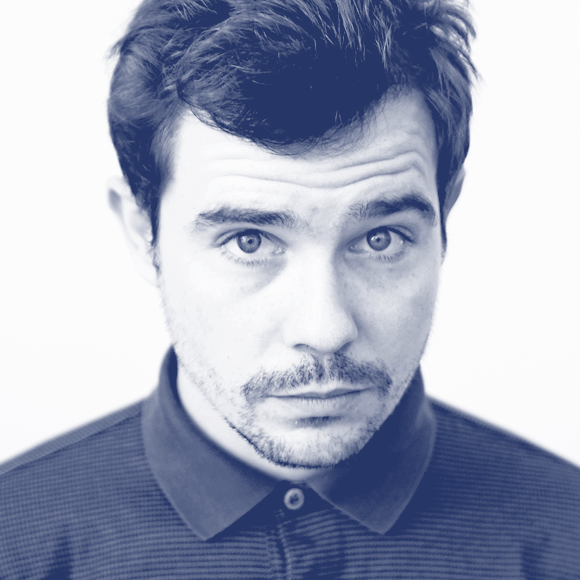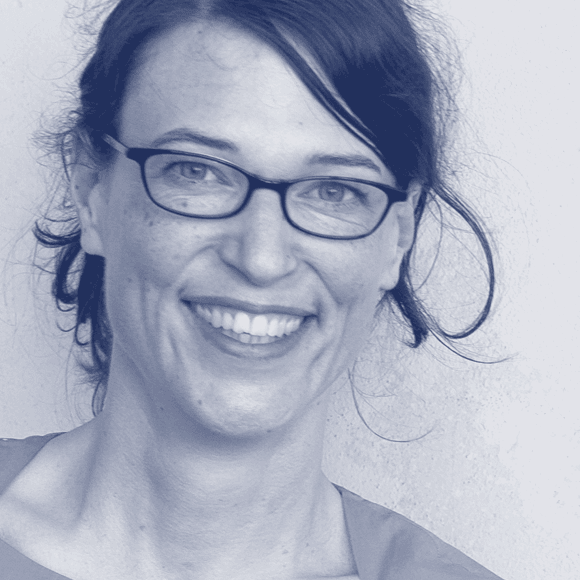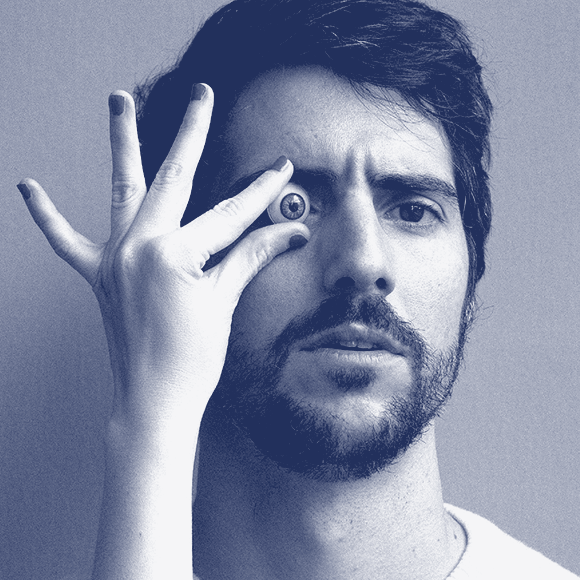After hearing a general presentation on the five week programme by the team, the attendees immediately immersed themselves in the design of letterforms. At the beginning of TypeParis, a focus is placed on calligraphic forms, which serve as the foundation on which to build a humanist typeface design; the class’ first challenge. Core instructors Julien Priez and Jean François Porchez walked the class through exercises that introduce them to basic forms, pressure, structure, contrast, ductus. The tools used at first are simply broad nib writing tools, ink, and paper.
“The goal for now is not to be wildly creative with the letterforms, or create a never-before-seen design. We are learning and practising vital concepts, in preparation for the rest of the programme to come.”
These basic exercises open the students up to learning about many more important concepts: overshoot, relationships between the parts of different letters (such as the shoulder of /n and /p), proportions. Whilst these concepts are demonstrated, the attendees are tasked with completing a set of fundamental letters: npef taudochr sg. Selecting a good /n and /p, the shapes are refined using tracing paper, constantly applying the techniques they are learning in a practical setting. Even management of their output, such as timestamping their tracing paper, forms part of the course material.
The group moves on to inking, helping to see the black/white. This gives the best sense of the letterform, how it is looking, whether it is working. The goal for now is not to be wildly creative with the letterforms, or create a never-before-seen design. We are learning and practising vital concepts, in preparation for the rest of the programme to come.
“The briefs should be designed as tools to enable more efficient and creative work, not merely constraints that limit us.”
We had a visit from Indra Kupferschmid, who, together with core instructor Mathieu Réguer, went in-depth on the various parameters that can influence the role that a typeface performs. This served as a basis for establishing a brief for the attendee’s personal typeface projects. The briefs should be designed as tools to enable more efficient and creative work, not merely constraints that limit us. More specificity can open doors, and push the project further.
We shared around a circle early ideas for our projects. The students did a remarkable job of applying what they had learned so far, and setting a vision for the next 4 weeks. This was followed up by a visit to Bibliothèque Mazarine, a special and historical library, with many rare and old books to admire. It was amazing to see how many concepts were solidified when studying the type in these books.

Alex Trochut visited on Wednesday, and delivered a unique lettering workshop, using ribbon lettering to demonstrate—some rather complex!—ideas on stroke, the skeleton of a letterform and playing with contour, solving difficult creative problems, issues of counters closing up as weight increases, etc. It was refreshing to loosen up and have some fun with lettering.
We later walked to Le Tank and heard fantastic presentations from Rejane Dal Bello and Alex, finished off the night with pizza and beer. Visit the TPTalks wrap up post to read more.
“…those less experienced with calligraphy are closing the gap on their more experienced peers. It’s exciting to see this visible progress!”

Ongoing calligraphic exploration, and continued refinement using tracing paper, ensued the next day. The students are already demonstrating marked improvement, and those less experienced are closing the gap on their more experienced peers. All the attendees at this moment have created a collection of nice humanist letterforms based on their own own writing practise. On Thursday afternoon, Julien and Jean François explained the foundation of good digitisation, how Béziers curves should be used. The assignment was to continue on screen what was started on tracing paper a few days before. It’s exciting to see this visible progress!
The next day was a trip to the great Typofonderie library, to conduct some research, and solidify ideas for the brief with Jean François. We also visited the Bibliothèque nationale de France, and pored over more incredible rare books. The combination of these visits, with the practical exercises in-class, form an important foundation for the personal typeface projects. We wrapped up the week with a garden party, drinking and eating together, and getting to know one another more closely—a perhaps underrated but very special part of the TypeParis experience.
See you for Week #2!
— By Dave Coleman
Learn more about TypeParis courses and conferences!
➼ Reports
➼ Type & graphic designers interviews
➼ Attendees feedback series
Apply to TypeParis Summer course!
The deadline for applications is 14 March, every year.
SPONSORS






































